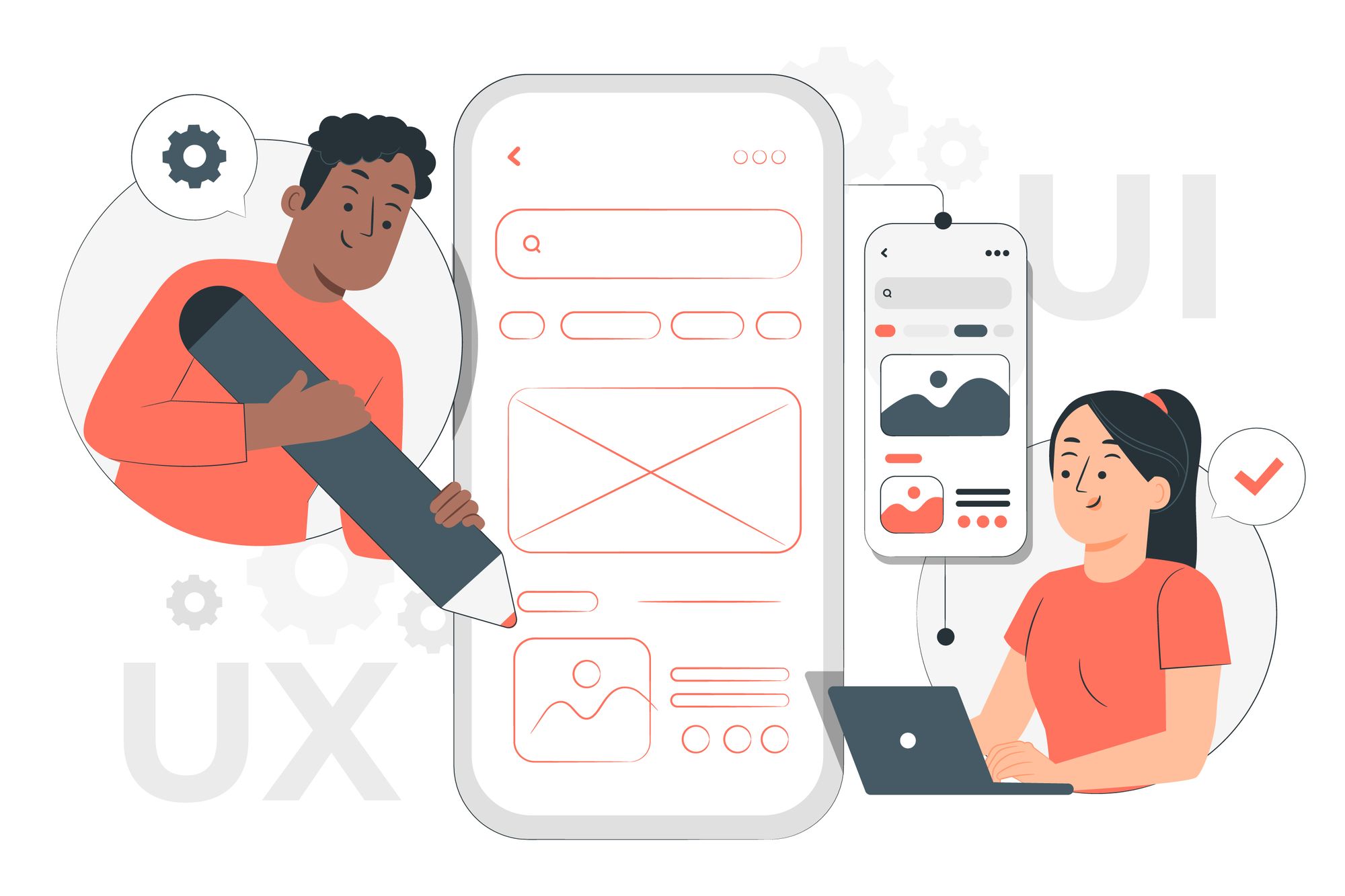UX Testing on a Budget: Creative Ways to Get Real Feedback

Introduction
User experience (UX) testing is often seen as an expensive, resource-heavy process reserved for large companies. But in reality, great UX doesn’t have to come with a hefty price tag. Even if you're a solo designer, startup, or small team, you can collect meaningful feedback and iterate your product using creative, low-cost methods.
In this blog, we’ll explore practical and budget-friendly ways to run UX testing, uncover user pain points, and improve design quality—without draining your resources.
Why UX Testing Matters (Even on a Budget)
Whether you’re designing a new feature, a prototype, or a full product, user testing helps validate your assumptionsand guides decision-making.
Without feedback, you risk building:
- Features users don’t need
- Interfaces that confuse rather than delight
- Experiences that cause churn
Investing time in testing early—even informally—can save you from costly rework later.
1. Use Your Network Wisely
You don’t need to hire expensive research panels. Start by testing with:
- Friends and family (for basic usability)
- Peers and colleagues (especially those unfamiliar with your product)
- Social media communities (design groups, Reddit, Discord, LinkedIn)
Set clear instructions and keep your bias in check. You’ll be surprised how valuable “outsider” feedback can be.
Tip: Avoid leading questions like “Do you like this?” Instead, ask: “What would you expect to happen next?”
2. Leverage Free (or Freemium) Tools
There are many tools that offer basic usability testing features for free:
- Maze – For quick, remote usability tests with analytics
- Lookback – Records user sessions and voice
- Hotjar – Heatmaps and user behaviour analytics (free tier available)
- UsabilityHub – Great for preference or 5-second tests
- Useberry – Rapid testing for prototypes
Bonus: Use Google Forms or Typeform to collect structured feedback.
3. Record Screen + Voice for Remote Insights
Ask users to:
- Share their screen
- Think aloud while performing tasks
- Record it using tools like Loom, OBS, or native OS recorders
You’ll gain insights into their expectations, confusions, and emotional reactions.
Low-cost bonus: Schedule a 15-minute Zoom call and observe them live!
4. Guerrilla Testing: Take It to the Streets (or Cafés)
Guerrilla usability testing is fast, informal, and effective:
- Visit a café or co-working space with a laptop or tablet
- Ask people if they can spare 5–10 minutes for feedback
- Offer a small incentive: coffee, snacks, or just appreciation!
This method helps you catch usability issues from people totally unfamiliar with your product.
5. Run Micro-Surveys
Add micro-surveys to your live product or prototype:
- Tools like Hotjar, Survicate, or Google Forms can embed simple questions
- Ask 1–2 questions maximum (e.g., “What’s missing here?” or “Was this page helpful?”)
Keep it non-intrusive and easy to dismiss. You’ll gather high-quality data over time.
6. Use Low-Fidelity Prototypes
Instead of polished designs, test using:
- Paper wireframes
- Clickable wireframes in Figma, Balsamiq, or Marvel
Early feedback on structure, flow, and clarity can prevent future problems—before you’ve invested time in UI polish.
7. Offer Value for Feedback
Don’t have money for incentives? Offer something else:
- A sneak peek of your product
- Free access to a future version
- A backlink or shoutout
- Cross-promotion for creators
People are often willing to help if there’s mutual benefit.
8. Tap Into Existing Communities
Platforms with active users can be testing goldmines:
- Reddit (e.g., r/UserExperience, r/DesignCritiques)
- IndieHackers, HackerNews
- Slack or Discord groups for UX or product design
- Facebook groups or design subreddits
Post your prototype or screenshots and ask for honest critiques. Be clear that you’re seeking usability feedback—not just praise.
9. Focus on Key Scenarios, Not Entire Flows
Testing everything at once is overwhelming (and unnecessary). Instead:
- Identify your app's top 2–3 tasks
- Test those tasks deeply
- Observe where people get stuck, confused, or slow down
Small wins compound over time. Nail core experiences first.
10. Repeat and Iterate
The value of UX testing comes from iteration:
- Test → Learn → Tweak → Retest
You don’t need 100 testers—even 5 people can reveal 85% of usability issues (per Jakob Nielsen).
Budget-friendly UX is all about smart cycles, not one-time perfection
Conclusion
UX testing doesn’t require a research lab or deep pockets. It requires intentional curiosity, resourcefulness, and a willingness to learn from real users.
From guerrilla testing in cafés to lightweight digital tools, there are countless ways to gather authentic feedback and turn insights into better design decisions.
The best user experiences aren’t built in isolation—they’re co-created with your users.
So whether you have $0 or $100, start testing today.